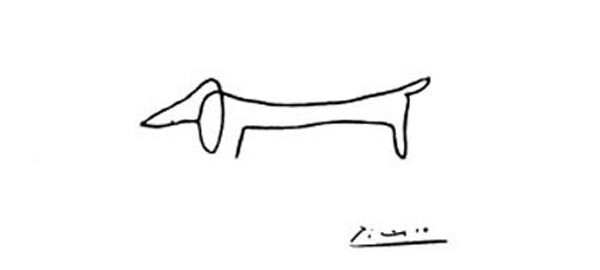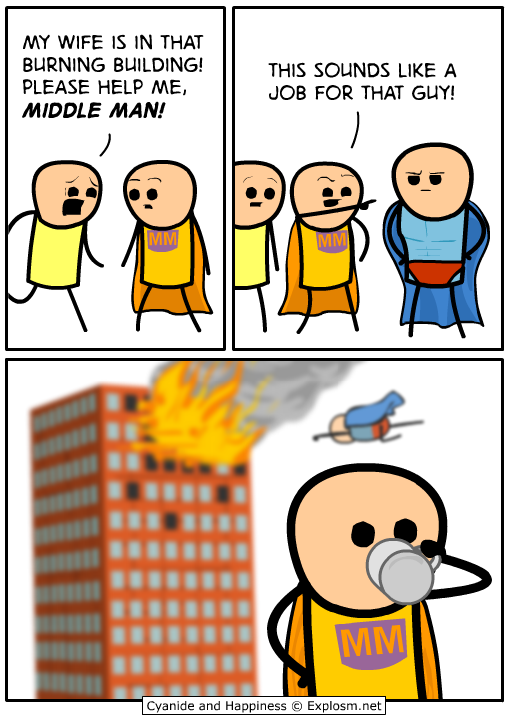Are you offering free consulting without realizing it?
Upon first reading this, a Silicon Valley episode (spoiler alert!) came to mind. In it, Richard, an entrepreneur, and his team are prospecting for investors and meet one particular group that seems very interested and excited about everything they have to share. A few days later they decline to invest and instead take all the useful information they gleaned from Richard’s team and use it for themselves to develop a saleable product. BTW – the series is extremely funny and highly recommended. It’s just not so hilarious when it happens to us IRL.
The information we gather and learn as professionals is valuable and perhaps the advice below is a little cynical. Unfortunately, more often than not, it also holds true. Read on.
Originally posted on Carol Roth: Tough Love for Business
 The working title of this post was “Be a Consulting Pro, Not a Consulting Ho.” I can argue that consulting might have come before what is generally considered to be the world’s oldest profession. And we are renting our bodies, too – our brains.
The working title of this post was “Be a Consulting Pro, Not a Consulting Ho.” I can argue that consulting might have come before what is generally considered to be the world’s oldest profession. And we are renting our bodies, too – our brains.
Yes, fellow brain-renters, people pay us for our knowledge and expertise. It’s an intangible, but often quite valuable. They pay us for the things we have learned over the years. They pay us so that they can save time, save money, save aggravation, etc.
There is a famous (possibly apocryphal) story about Picasso and the napkin drawing where someone in a café asked him to draw a picture on a napkin. Picasso then asked a large sum of money for something that took him a minute or two to draw. He justified the price by saying it took him 40 years to be able to draw it.
Did you just have an “ah-ha!” moment? I did when I first heard this story.
Honestly, as much of a consulting pro as I am (having worked as a solo consultant, project employee for the mid-tier firms, and full-time employee for three of the former Big Five), I still struggle with this.
I do understand that you want to get clients and, sometimes, it is easy to just give it away. Especially if you really enjoy doing it. Helping people develop business strategies is like eating popcorn for me – I love doing it and I can’t stop myself.
Ways to give it away
If you know you are giving too much away, here are some suggestions:
- Create an “office hours” time on your calendar and have a way for people to book that time with you or join you on a conference call line or Google Hangout.
- Develop some kind of assessment offering that is easy for you to do and valuable for your prospect. Give it a special name so it sounds important. Create a few time slots that you dedicate to providing this. Make sure people know that it is a good way for both of you to see if there is a fit for you to work together more.
- Create a webinar that you give periodically that people can sign up for. This will have reusable content so it won’t take a lot of your time after the first time you give it.
Ways to make them pay
Here are some things to try if you are having trouble saying no.
- Make people pay a small amount so you weed out the real tire kickers – maybe $15-30 for 15-20 minutes. You can even add this to your services page with a link to book you for that.
- Create a low-cost webinar so that people are getting good information, but you aren’t spending a lot of one-on-one time. This way, they get used to paying you for your knowledge.
Ways to avoid coffee dates
So, what do you do about the dreaded “can I buy you a cup of coffee” request? Honestly, I mostly try to redirect that to a short 20-minute chat, unless they are a very close friend, possible business partner, referred potential client, or Bradley Cooper.
This sounds snotty, but I lose three hours of my day meeting for coffee between getting ready, getting there, having the meeting, and getting home. You need to be pretty interesting to get me to do that.
You also could direct them to the free ways to work with you mentioned above.
Ways to avoid premature proposals
Consultants start to get excited when a prospect asks for a proposal. We think that means that the prospect is serious, and that they might actually hire us.
Here’s the thing, proposals take time – often a lot of time. And you may give away too many ideas too soon.
To avoid premature proposals, try the following:
- Get the prospect to clearly articulate their need or exactly which of your services they are interested in to solve which of their problems. Clarity is key here to avoid having to send a second proposal. Also, try to confirm that they have a budget to avoid a giant time suck.
- Have the prospect complete some sort of detailed intake form or survey or inventory. Making them do something that takes time will weed out some tire kickers. They think their time is valuable, although they may not particularly value your time.
As you can see, there are specific situations where it makes financial sense to give them a quickie, as you have a good chance of acquiring a long-term client.
What should you do with the obvious tire kickers, freebie junkies, and entitled who think they don’t have to pay for your hard-earned knowledge?
I recommend you tell them what I do, “No, you can’t pick my brain.”
Original post is HERE


